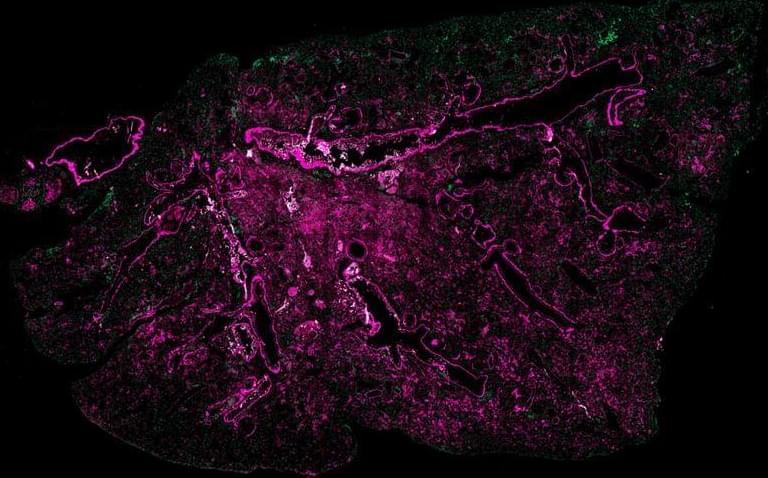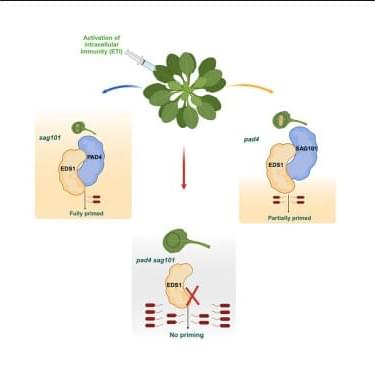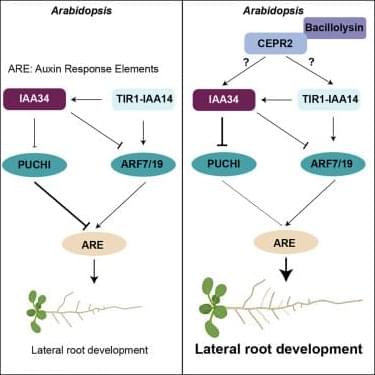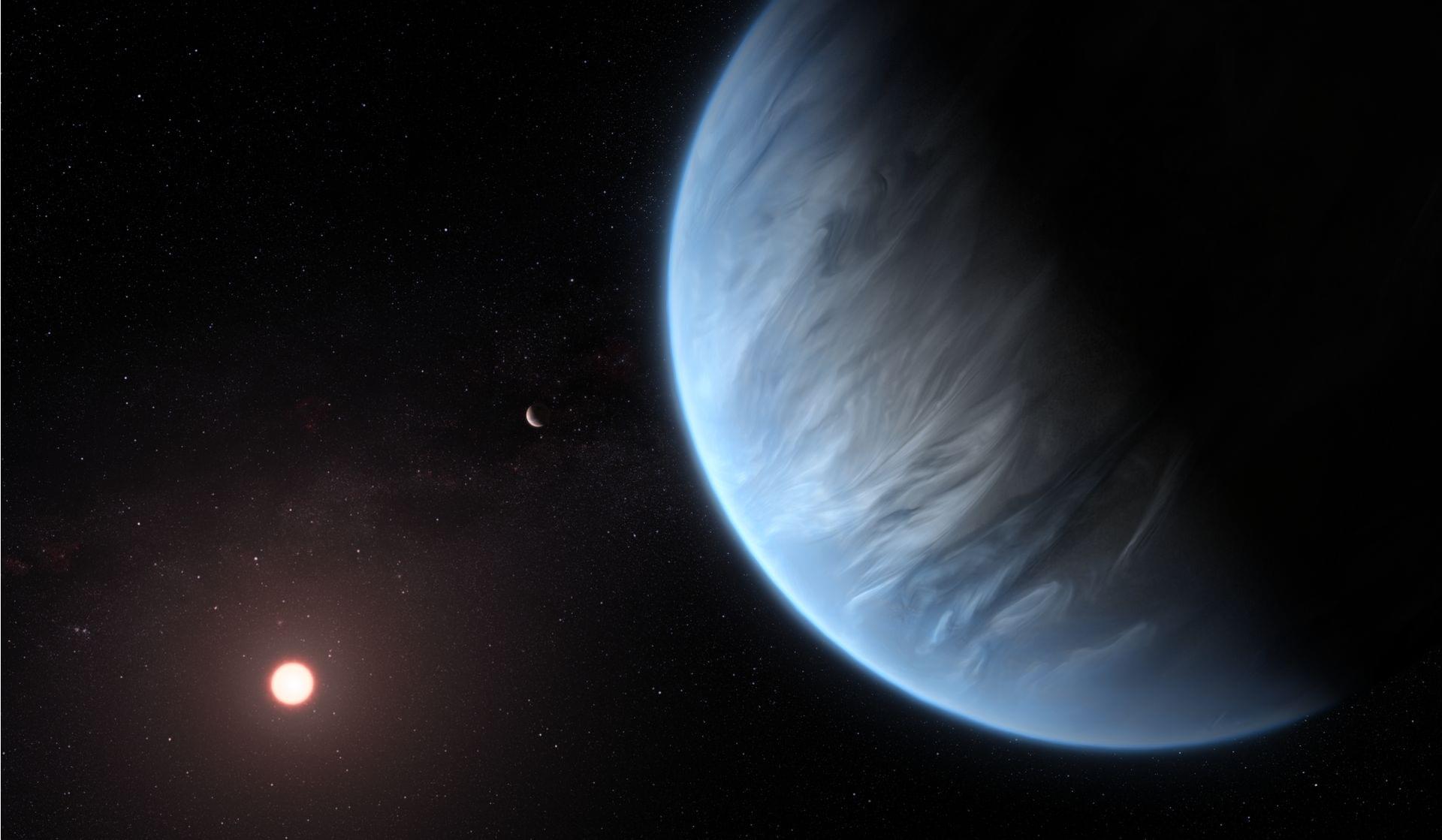Hematopoietic aging drives lung fibrosis and profibrotic macrophage influx, stalling their maturation via reduced Treg-derived IL-10.



In 1994 Miguel Alcubierre was able to construct a valid solution to the equations of general relativity that enable a warp drive. But now we need to tackle the rest of relativity: How do we arrange matter and energy to make that particular configuration of spacetime possible?
Unfortunately for warp drives, that’s when we start running into trouble. In fact, right away, we run into three troubles. And these three troubles are called the energy conditions. Now, before I describe the energy conditions, I need to make a disclaimer. What I’m about to say are not iron laws of physics.
They are instead reasonable guesses as to how nature makes sense. General relativity is a machine. You put in various configurations of spacetime, various arrangements of matter and energy. You turn the handle and you learn how gravity works. General relativity on its own doesn’t tell you what’s real and what’s not.

What if we told you AI just created the strongest light material known to humanity? This groundbreaking discovery could revolutionize everything from aerospace to everyday tech. In this video, we break down how artificial intelligence engineered this ultra-light, ultra-strong material—and why it changes the game forever.
Scientists have long searched for the perfect balance of strength and weight, and now, AI has cracked the code. Using advanced algorithms, researchers developed a material that’s lighter than carbon fiber but stronger than steel. Imagine planes, cars, and even buildings becoming more efficient and durable than ever before.
We’ll explore how this AI-designed material works, its potential real-world applications, and what it means for the future of engineering. From military tech to consumer products, this innovation could redefine entire industries. The best part? This is just the beginning of AI-driven material science breakthroughs.
How was this material invented? What makes it so strong yet so light? How will this impact future technology? Can AI design even better materials? This video answers all these questions and more. Don’t miss out on the science behind the next big leap in material engineering—watch now!
#ai.
#artificialintelligence.
#ainews.
*******************



ION Storage Systems experts have developed an advanced solid-state battery that can survive over 1,000 charge cycles without degradation.

A 70-year-old man with a history of hypertension and chronic migraine presented with 10 months’ history of progressive generalized muscle weakness and stiffness. He reported a 19-kg unintentional weight loss over the last 7 months. He described worsening exertional dyspnea over the past 3 weeks prior to presentation. He had multiple surgical procedures for joint contractures and bilateral carpal tunnel syndrome in the past 5 years. He had no history of smoking or alcohol consumption. Physical examination revealed generalized muscle wasting except for hypertrophy of bilateral shoulder muscles (Figure 1 A) with proximal muscle weakness of the shoulders. The reflexes and sensation were intact in both upper limbs, and there was no distal weakness.
Full Text
